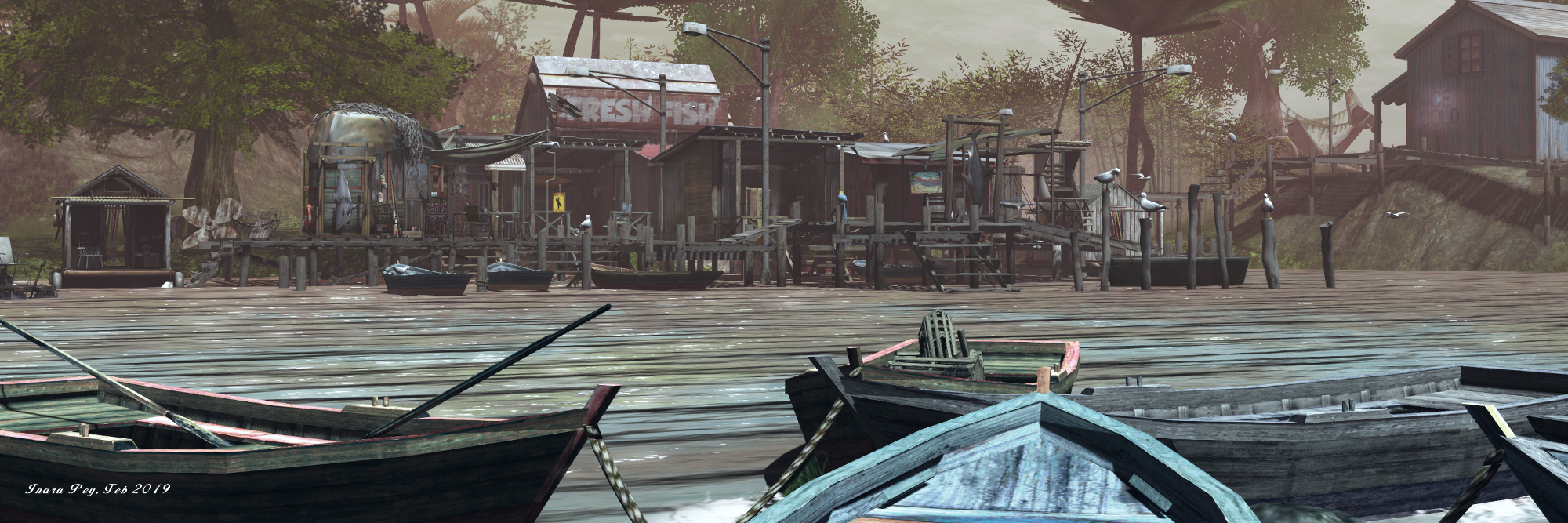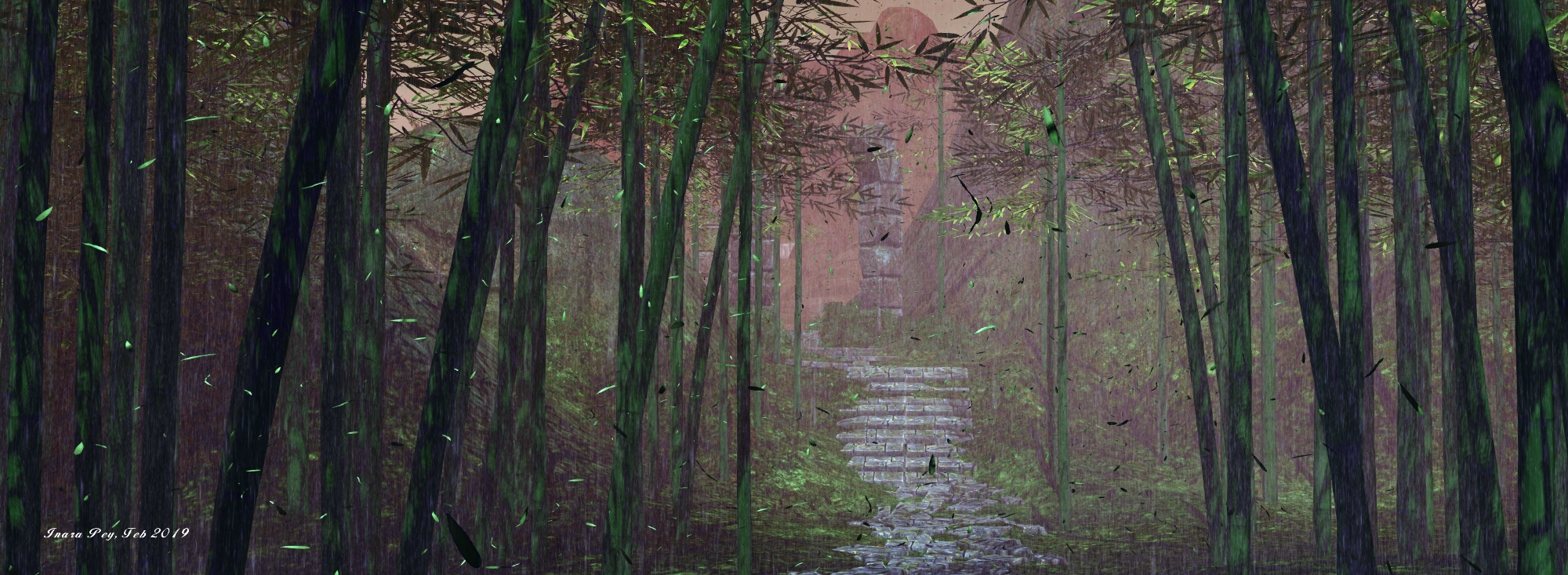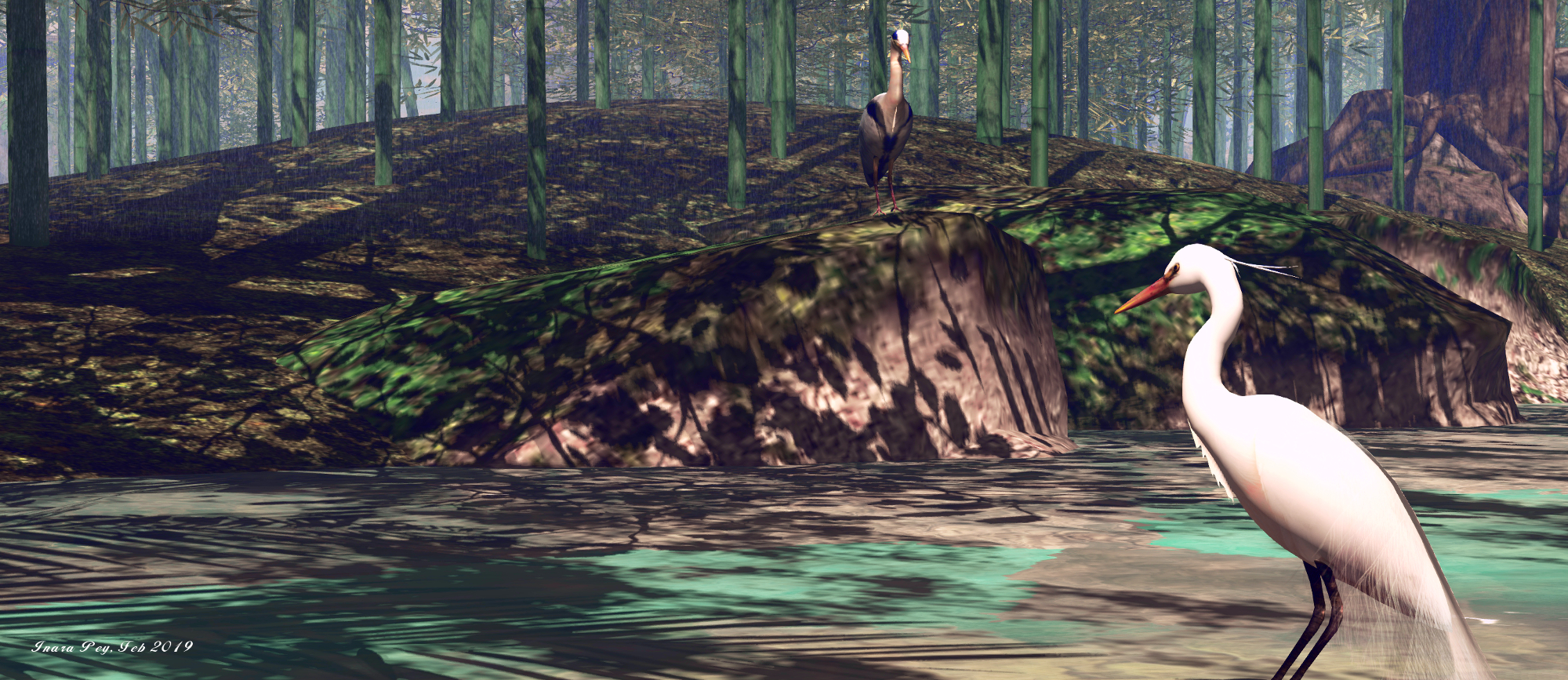
It is therefore that I am standing here with a sense of deep appreciation and gratitude, that I declare the Opportunity mission as complete. For more than a decade, Opportunity has been an icon in the field of planetary exploration, teaching us about Mars’ ancient past as a wet, potentially habitable planet, and revealing uncharted Martian landscapes.
– Thomas Zurbuchen, Associate Administrator for NASA’s Science Mission Directorate
These words, spoken on February 13th, 2019, marked the official end of the longest running rover mission thus far to another planet.
Designed to last just 90 Martian days and travel 1,000 metres (1,100 yards), the Mars Exploration Rover (REM) Opportunity vastly surpassed all expectations in its endurance, scientific value and longevity. In addition to exceeding its life expectancy by 60 times, it travelled more than 45 km (28 mi) by the time it reached its most appropriate final resting spot on Mars – Perseverance Valley.
Across a decade and half, Opportunity – or “Oppy” to its fans – captivated people’s imaginations around the globe, and while it became somewhat overshadowed by its much bigger cousin, Curiosity, from 2012 onwards, “Oppy” nevertheless broke the ground for the surface exploration of Mars, together (for a time, at least), with its sibling rover, Spirit.

From the outset, the MER programme was a daring one: to place two vehicles on the surface of Mars, capable of self-driving across the surface and carrying out a range of scientific tasks. At the time it was conceived, Mars was known to be a notoriously difficult target to reach: for some reason over one-third of the missions intended to reach the Red Planet failed. Some were lost shortly after launch; others failed whilst en route; other experienced upset or failure on arrival. Indeed this Hence why the MER project had two rovers: if one fell afoul of the Great Galactic Ghoul, the other would survive.
To pave the way for the rovers, NASA undertook the Pathfinder mission in the late 1990s. This comprised a Mars lander complete with a very small-scale (just 65 cm / 2.2ft in length) rover called Sojourner. While both the lander and the rover carried science instruments and carried out worthwhile science, a major element of the mission was to test the entry, descent and landing system the MER mission would use: a completely loopy sounding mix of parachutes and a cocoon of air bags designed to rapidly inflate around a payload just before it reached the surface of Mars and protect it and it bounced its way to a resting position before deflating, the payload automatically righting itself in the process.

In many respects, the Pathfinder mission (the lander from which are later renamed the Carl Sagan Memorial Station, in honour of the great planetary scientist, humanitarian, global thinker and Mars exploration advocate, Carl Sagan) was the MER’s mission lucky charm.
Not only did the mission prove the landing system, necessary because “conventional” retro-rocket landing systems would have massively increased the complexity and cost of sending large rovers to Mars, both lander and rover operated far beyond their anticipated life spans: the lander for 9 months (compared to an anticipated 85 days) and the rover for 85 days (rather than the anticipated 7 days. Incidentally, it Sojourner was the first Mars mission to employ a form of VR: the “driver” on Earth would wear a set of 3D goggles that visualised the rover’s surroundings digitally, so a path to be mapped using a special “driving” system. The driving commands would be saved and later transmitted to Mars as a batch of commands the rover would then execute).

The MER rovers were launched in June (Spirit) and July (Opportunity) of 2003, and arrived on Mars on January 4th and January 25th, 2004, respectively, just after Europe’s Mars Express mission had arrived in Martian orbit at Christmas, 2003. The landings were fraught with concerns: the UK’s Beagle 2 lander, delivered to Mars by Mars Express, had arrived on the planet on Christmas Day 2003, but all attempts to communicate with it had failed.
Obviously, the EDL systems for both landers worked perfectly. Spirit landed in Gusev crater, originally thought to be a dry lake bed. However, the rover’s findings disproved this, revealing the crater to be largely filled with natural debris. In all, Spirit operated on a mobile basis for almost 5 years and 4 months before it became bogged down in a “sand trap” on May 1st, 2009. When attempts to free it failed, the rover became a static station until it stopped communicating in March 2010. NASA then spent 14 months attempting to re-established contact before declaring Spirit’s, mission was at an end on May 24th, 2011.
Continue reading “Space Sunday: the little rover that could”









